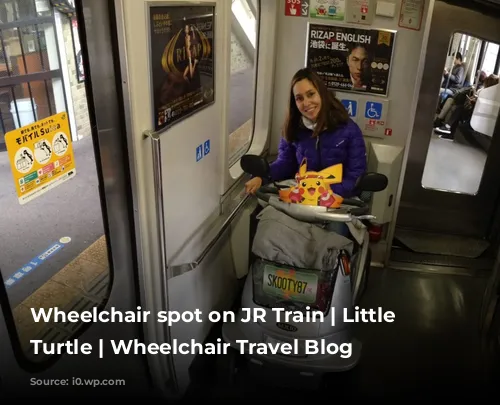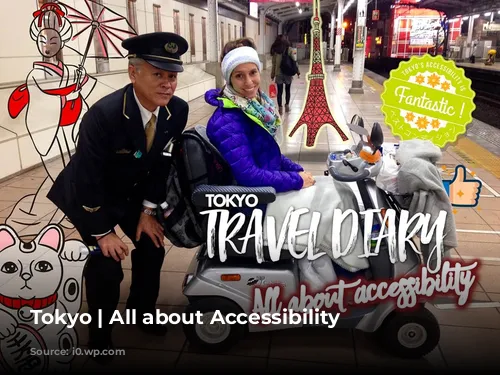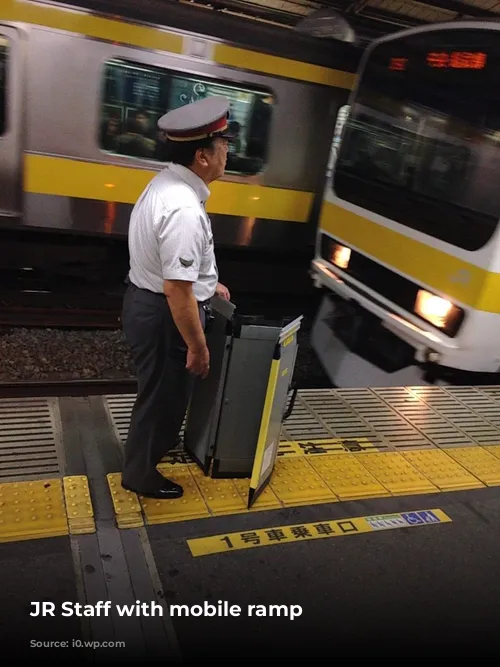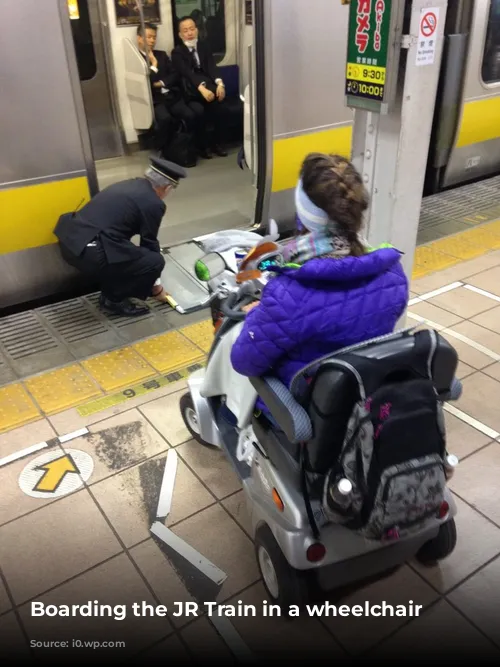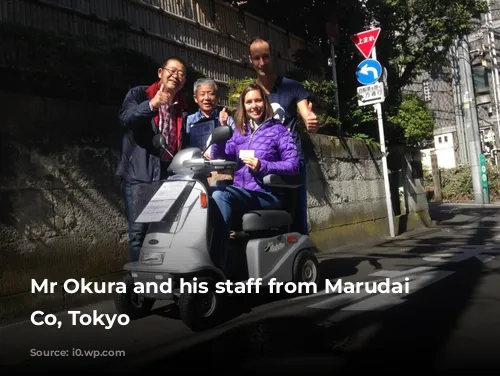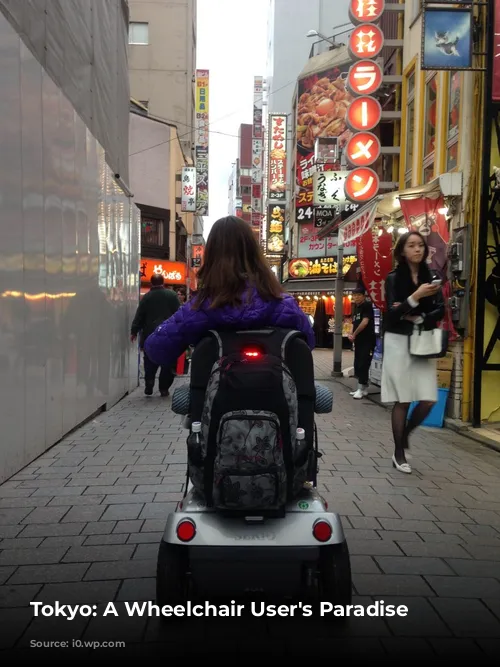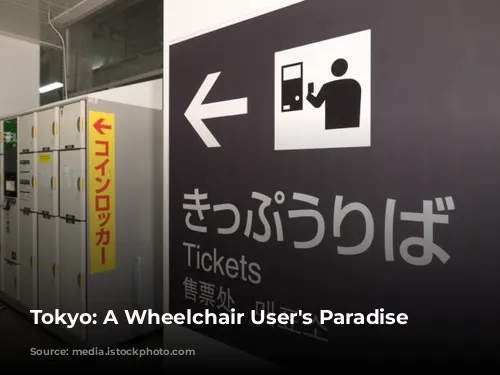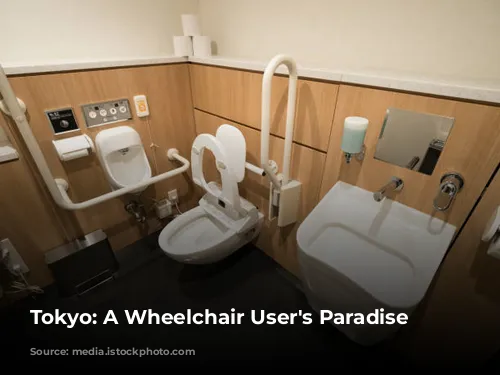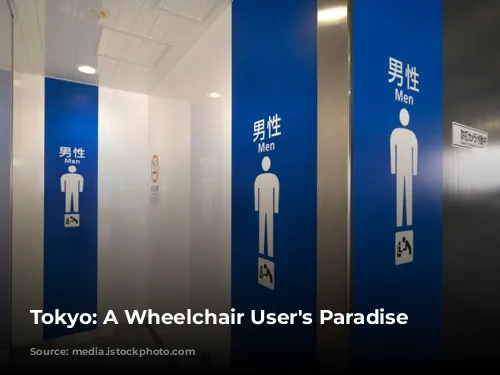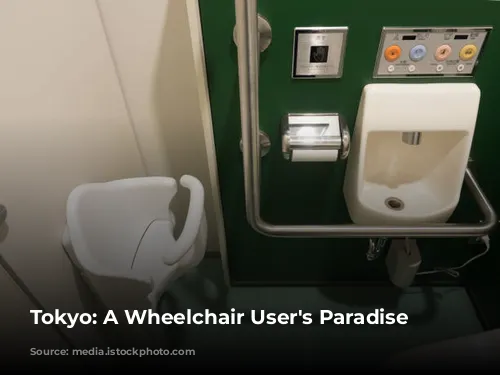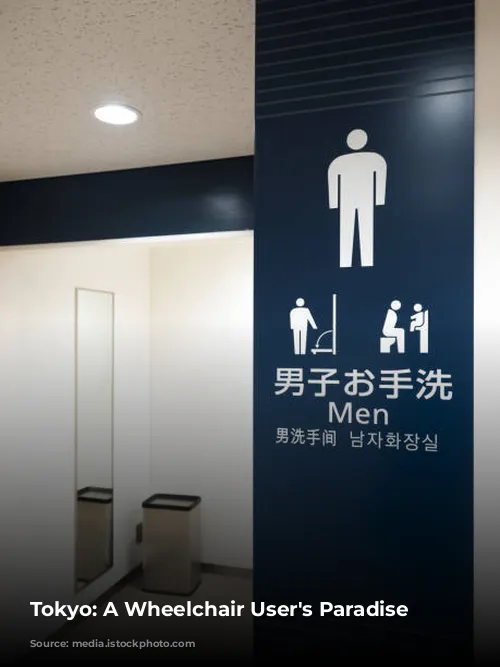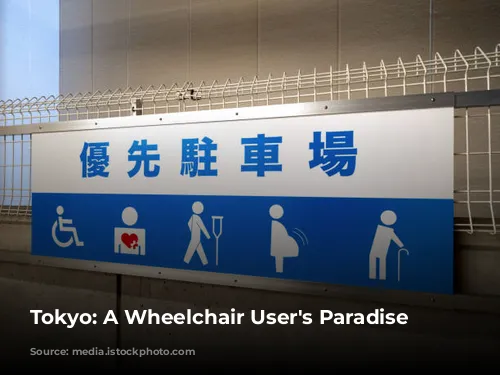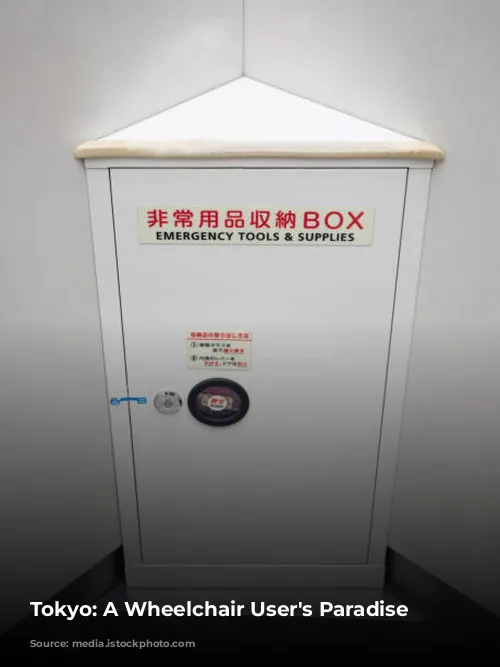Imagine a city where you can navigate bustling streets, explore iconic landmarks, and experience vibrant culture, all with ease. Tokyo is that city, a haven for wheelchair users. My recent trip to Tokyo was my fourth, and each time, I fall more deeply in love with this captivating metropolis. This time, however, I discovered a secret weapon: a mobility scooter, which made my journey even more seamless.
Renting a Mobility Scooter: A Game Changer
My exploration of Tokyo began on October 22nd, 2016, when I landed at Haneda Airport. I was excited to spend the next 13 nights in a delightful Airbnb in Sendagaya. Joining me on this adventure was my friend Sue and her two children, and together, we embarked on an unforgettable journey through Nippon. With so much to see and do, I knew I wanted to share my experiences, and what better place to start than the incredible accessibility Tokyo offers.
Tokyo: Leading the Way in Wheelchair Accessibility
Tokyo stands out as one of the most wheelchair-friendly cities globally. The city’s public transportation system is a shining example of inclusivity. The JR-East Railway Company and the Tokyo Metro have meticulously implemented measures to ensure smooth travel for wheelchair users. Ramps, elevators, and spacious wheelchair-accessible restrooms are readily available at nearly every station. Even better, there are discounts available for wheelchair users (with proof of disability) at popular attractions like the Ueno Zoo, Tokyo Skytree, and numerous public gardens.
Smooth Sailing with My Mobility Scooter
Renting a mobility scooter through Marudai Motor Co. proved to be an exceptional decision. The company’s service was affordable and efficient. The friendly staff, led by Mr. Okura, delivered the scooter right to my doorstep (despite my inaccessible Airbnb). For two weeks, the scooter cost me a mere 20,000 Yen (about 175 EUR/195 USD), which was well worth the convenience.
A Certificate Opens Doors
Upon renting the scooter, Marudai Motor Co. provided me with a certificate confirming my disability and need for the scooter. This certificate became my golden ticket for navigating the public transportation system with ease. While mobility scooters are still relatively uncommon in Japan, this certificate served as proof of my need for it, effectively removing any barriers.
Exceptional Service on JR-East Trains
Taking JR trains, which we did almost daily, was a breeze. At every station, we simply approached the wheelchair counter, presented my certificate, and were immediately assisted by a friendly service agent. The agent escorted us to the train platform and, using a mobile ramp, helped me board the train. Upon arrival at our destination, another agent was waiting to assist me off the train. They also provided directions to the exit, ensuring a smooth and stress-free journey.
JR-East: A Model of Inclusivity
This VIP service was a true blessing, especially considering the size and crowds of the stations. The JR-East Japan Railway Company truly sets a high standard for disability services. Traveling with them is a testament to their commitment to inclusivity and a real pleasure.
Discounts and Questions
While I was curious about potential discounts for wheelchair users on JR-East trains, the customer service agent explained that discounts are currently only available for Japanese citizens and only upon request. It’s interesting how disabilities can seem to disappear when crossing international borders, but I appreciated the agent’s honesty. However, I was pleasantly surprised to discover a discount offered by one of the private metros. The service agent kindly suggested purchasing a child’s ticket, saving us a considerable 50% of the regular price.
A City for Everyone: Tokyo’s Wheelchair Accessibility
Tokyo is a city that truly embraces diversity and inclusivity. It’s a destination that wholeheartedly welcomes wheelchair users. The city’s public transportation system stands out as a model of excellence, providing a smooth and accessible journey for all. Tokyo is a testament to the power of continuous improvement, demonstrating that accessibility is not merely a goal but a commitment.
Have you experienced Tokyo as a wheelchair user? Share your stories in the comments below!
